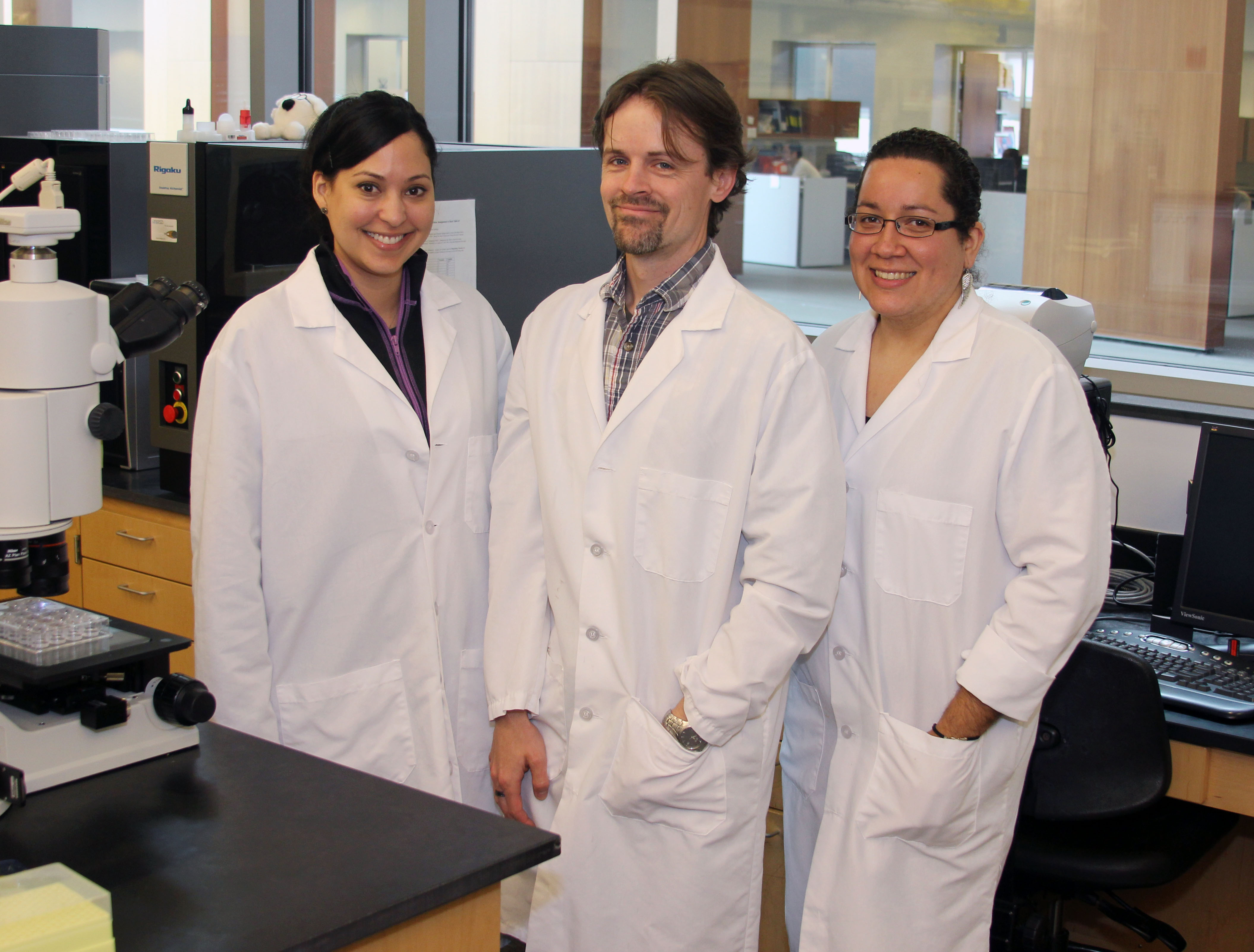Author(s):
Fulvio Saccoccia, Francesco Angelucci, Giovanna Boumis, Daniela Carotti, Gianni Desiato, Adriana E. Miele and Andrea BellelliPages 621-646 (26)
Abstract:
Thioredoxin plays a crucial role in a wide number of physiological processes, which span from reduction of nucleotides to deoxyriboucleotides to the detoxification from xenobiotics, oxidants and radicals. The redox function of Thioredoxin is critically dependent on the enzyme Thioredoxin NADPH Reductase (TrxR). In view of its indirect involvement in the above mentioned physio/pathological processes, inhibition of TrxR is an important clinical goal. As a general rule, the affinities and mechanisms of binding of TrxR inhibitors to the target enzyme are known with scarce precision and conflicting results abound in the literature. A relevant analysis of published results as well as the experimental procedures is therefore needed, also in view of the critical interest of TrxR inhibitors. We review the inhibitors of TrxR and related flavoreductases and the classical treatment of reversible, competitive, non competitive and uncompetitive inhibition with respect to TrxR, and in some cases we are able to reconcile contradictory results generated by oversimplified data analysis.
Keywords:
Thioredoxin reductase, mechanism of inhibition, competitive inhibitor, uncompetitive inhibitor, irreversible inhibitor, suicide substrates, pseudo-irreversible inhibition, double-substrate enzyme.
Affiliation:
Istituto Pasteur – Fondazione Cenci-Bolognetti, Istituto di Biologia e Medicina Molecolare del CNR, Dipartimento di Scienze Biochimiche “A. Rossi Fanelli”, Sapienza Università di Roma, Piazzale A. Moro 5, 00185 Rome, Italy.
Read Full-Text article








